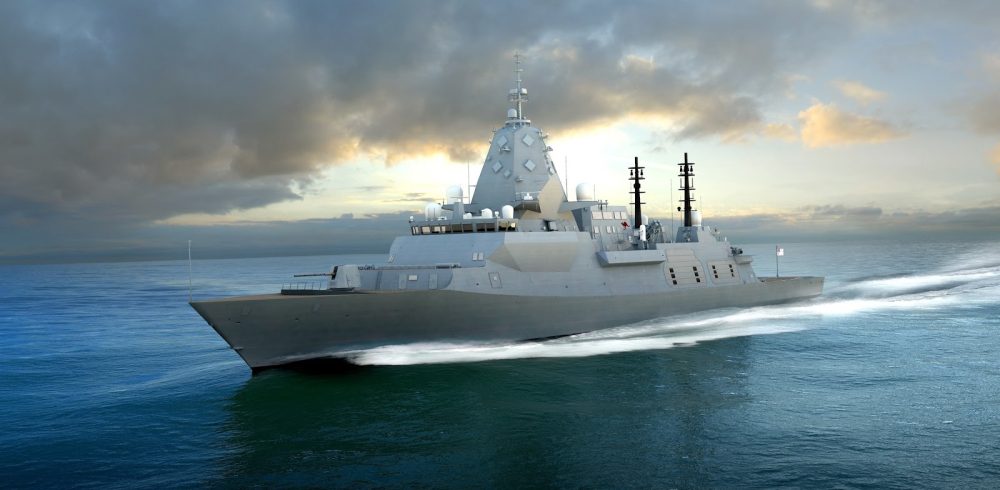BAE Systems has been selected by the Australian Government as the preferred tenderer for the SEA 5000 program to deliver nine Future Frigates for the Royal Australian Navy. The overall announced program is expected t0o be in the region of AUD $35 billion for the design, build and support of the ships.
“BAE Systems’ selection as preferred tenderer for SEA 5000 program reinforces our position as a leading designer and builder of complex maritime platforms. I am proud that our world class anti-submarine warfare design and our approach to transferring technology and skills to the nations in which we work is expected to contribute to the development of an enduring world-class naval shipbuilding industry in Australia,” said BAE Systems Chief Executive, Charles Woodburn.
The company is currently building the Type 26 frigate, one of the world’s most advanced anti-submarine warships and the base for the Global Combat Ship – Australia, for the Royal Navy. Once contracted, the new ships, to be called the Hunter class, will be built in South Australia by an Australian workforce, using Australian suppliers from every state and territory.
“Construction of the Global Combat Ship – Australia is expected to make a significant contribution to the nation’s economy, creating thousands of jobs, supporting new industries and boosting the national supply chain for decades to come. We are committed to creating a strong, sustainable and innovative naval shipbuilding industry that will see highly skilled Australians building and sustaining warships for the Royal Australian Navy,” said BAE Systems Australia Chief Executive, Gabby Costigan.
At least 5,000 highly skilled jobs are expected to be created and sustained by the project, providing a significant contribution to the development of Australia’s continuous naval shipbuilding capability and a boost to the nation’s manufacturing industry.
The company will soon commence negotiations with Australia’s Department of Defence on the initial design part of the contract, which is expected to be in place by the year end, with production expected to commence in 2020.
Manufacturing & Engineering Magazine | The Home of Manufacturing Industry News









